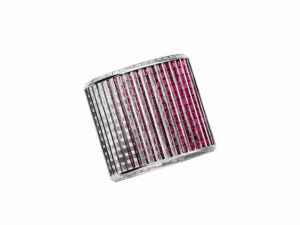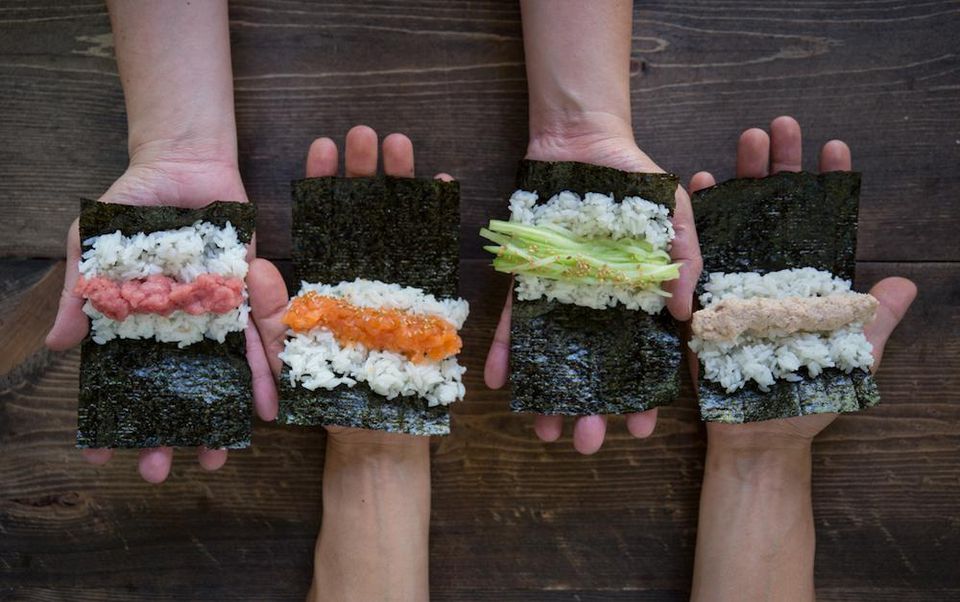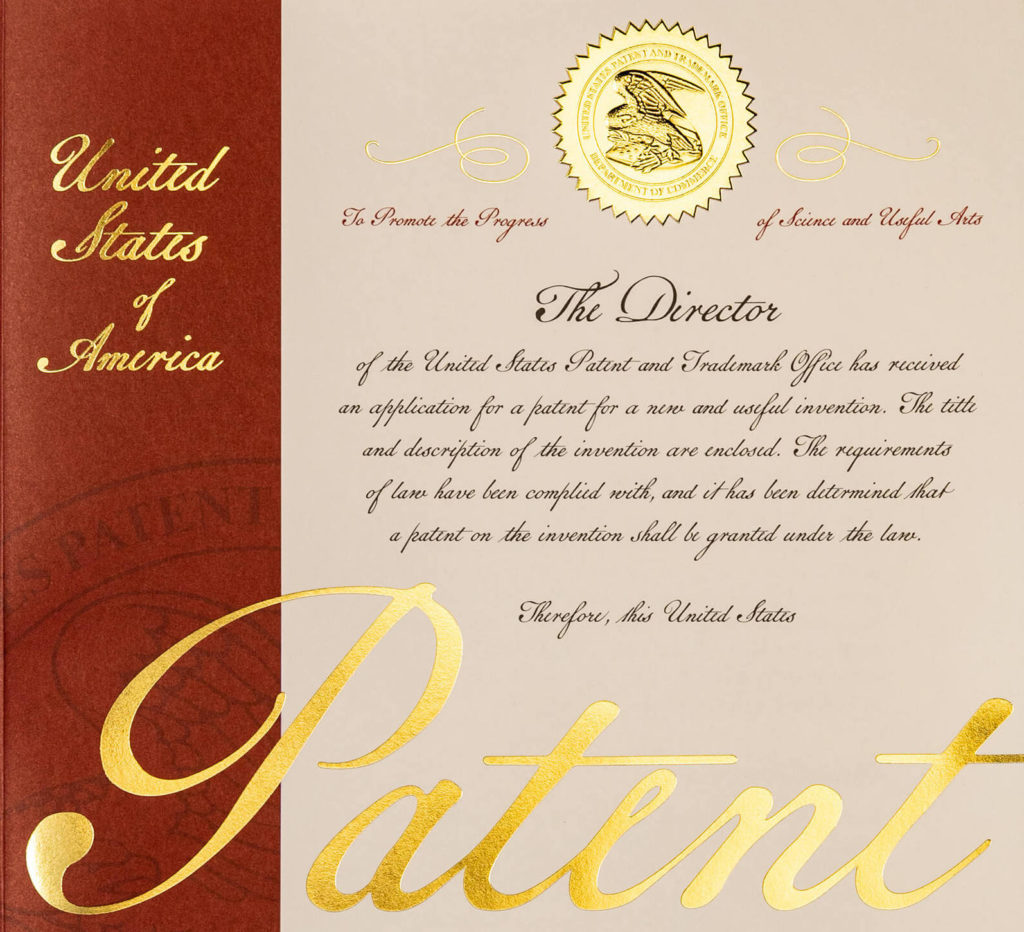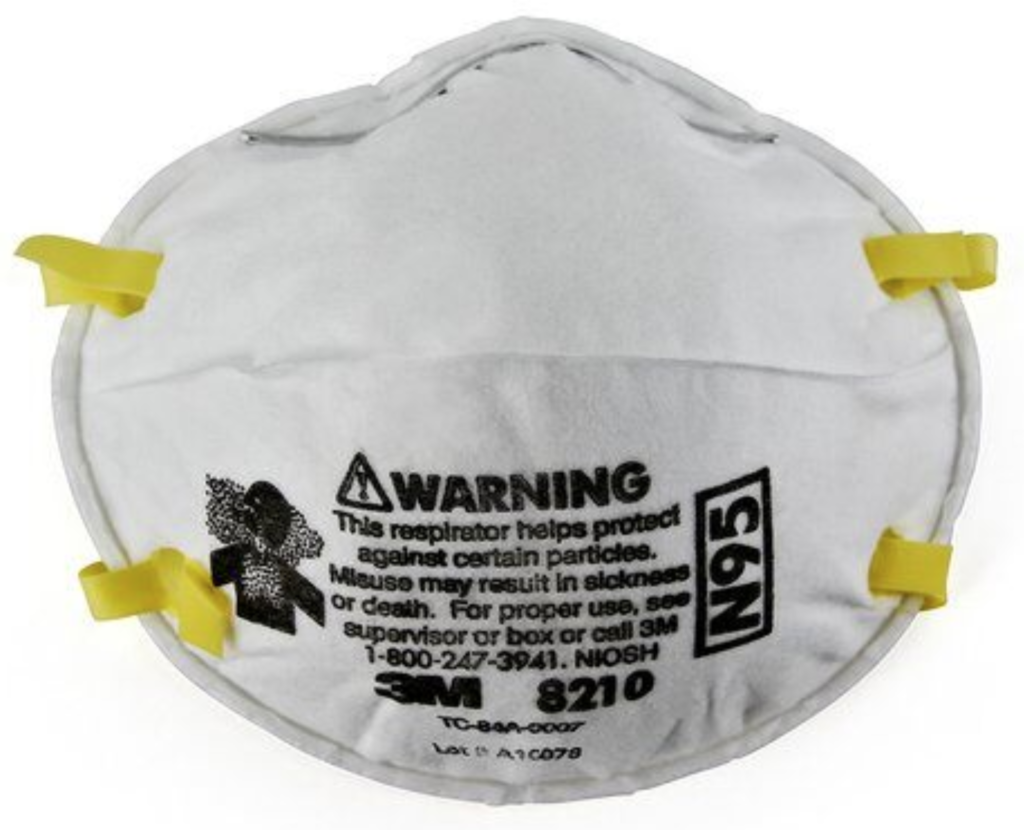Will a years-long patent dispute prevent the development and release of a potential COVID-19 vaccine?
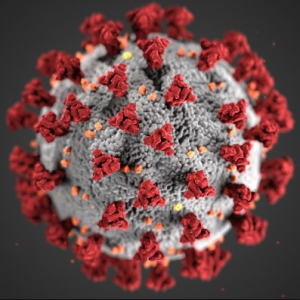
Moderna has been among multiple companies that have been quickly developing a potential vaccine for COVID-19. In mid-July, the biotechnology company announced that initial trials for the vaccine had found no serious side effects in human volunteers. The vaccine, known as mRNA-1273, is a novel lipid nanoparticle encapsulated mRNA that encodes for a full length, prefusion, stabilized spike protein of SARS-CoV-2. Essentially, the lipid nanoparticle carries the mRNA that encodes for whatever antigen that it is delivering (in this case, the antigen for COVID-19). Other vaccines, on the other hand, use a weakened or hollowed-out virus to act as a vector to transport the antigen payload into the body.
Moderna did not create the lipid nanoparticle technology but instead licensed it from a small company, Acuitas. However, Acuitas did not own the technology but, in turn, had licensed it from Arbutus Biopharma. The Arbutus license terminated in 2016, causing Acuitas to file a lawsuit against it. Arbutus then countersued arguing its deal with Acuitas did not cover Acuitas’ rights to license the technology to third parties, including Moderna. Acuitas and Arbutus settled out of court but the settlement terminated Acuitas’ right to use or sublicense the lipid nanoparticle technology going forward. Moderna has no other rights to Arbutus’ broad suite of lipid nanoparticle technology.
Last year, Moderna successfully overturned one legacy patent held by Arbutus and invalidated the broadest claim of another. In the most recent challenge, which is the third in a series of cases brought by Moderna against Arbutus, Moderna attempted to invalidate United States Patent No. 8,058,069, which describes “lipid formulations or nucleic acid delivery.” Specifically, Moderna filed a petition for inter partes review of the patent. Inter partes review is a trial proceeding conducted at the United States Patent and Trademark Office Patent Trial and Appeal Board to review the patentability of one or more claims in a patent on the grounds of novelty or obviousness.
The crux of Moderna’s position was that the ‘069 patent described obvious, non-novel concepts and therefore, was not worthy of patent protection. To support this position, Modern relied upon the testimony of an expert who contended that a person of ordinary skill in the art for the ‘069 patent would have specific experience with lipid particle formulation and use in the context of delivering therapeutic nucleic acid payloads and further contended that the ‘069 patent was obvious and not novel. Modern also supplied previous international patent applications and publications that support this viewpoint.
For a patent claim to be anticipated, that is, not novel, each claim element must be disclosed in a single prior art reference and the claimed combination of those elements must also be disclosed in that same reference. Prior art comprises any and all information that has been made available to the public in any form prior to the filing date of a patent. A patent claim is obvious when the differences between the claimed subject matter and the prior art as such that the subject matter, as a whole, would have been obvious at the time of the invention to a person having ordinary skill in the art to which the subject matter pertains.
Ultimately, the Patent Trial and Appeal Board ruled against Moderna in determining that Moderna had not demonstrated that all of the claims of the ‘069 patent were unpatentable as obvious or anticipated. In particular, the Board found that the teachings of the patent application and publications did not anticipate or otherwise render obvious a nucleic acid-lipid particle containing each of the recited lipid components within the claimed ranges. While the Board’s decision was final, any party to the proceeding may seek judicial review thereof.
Modern publicly claims the recent ruling will not affect its continued development of the vaccine. In particular, the company contends that its proprietary lipid nanoparticle technology and process have advanced well beyond the technology described in the Arbutus patents and is therefore, not covered by these patents. This is a similar sentiment to what Moderna’s chief executive officer stated in 2016 Forbes article. At that time, the CEO downplayed its loss of its Acuitas license in asserting that the licensed technology “was just okay” and that Moderna’s own method of creating nanoparticle lipids was better than the Acuitas version. Recently, Moderna has further stated that it is unaware of any other significant intellectual property impediments for any products it intends to commercialize, including mRNA-1273.
Read More
